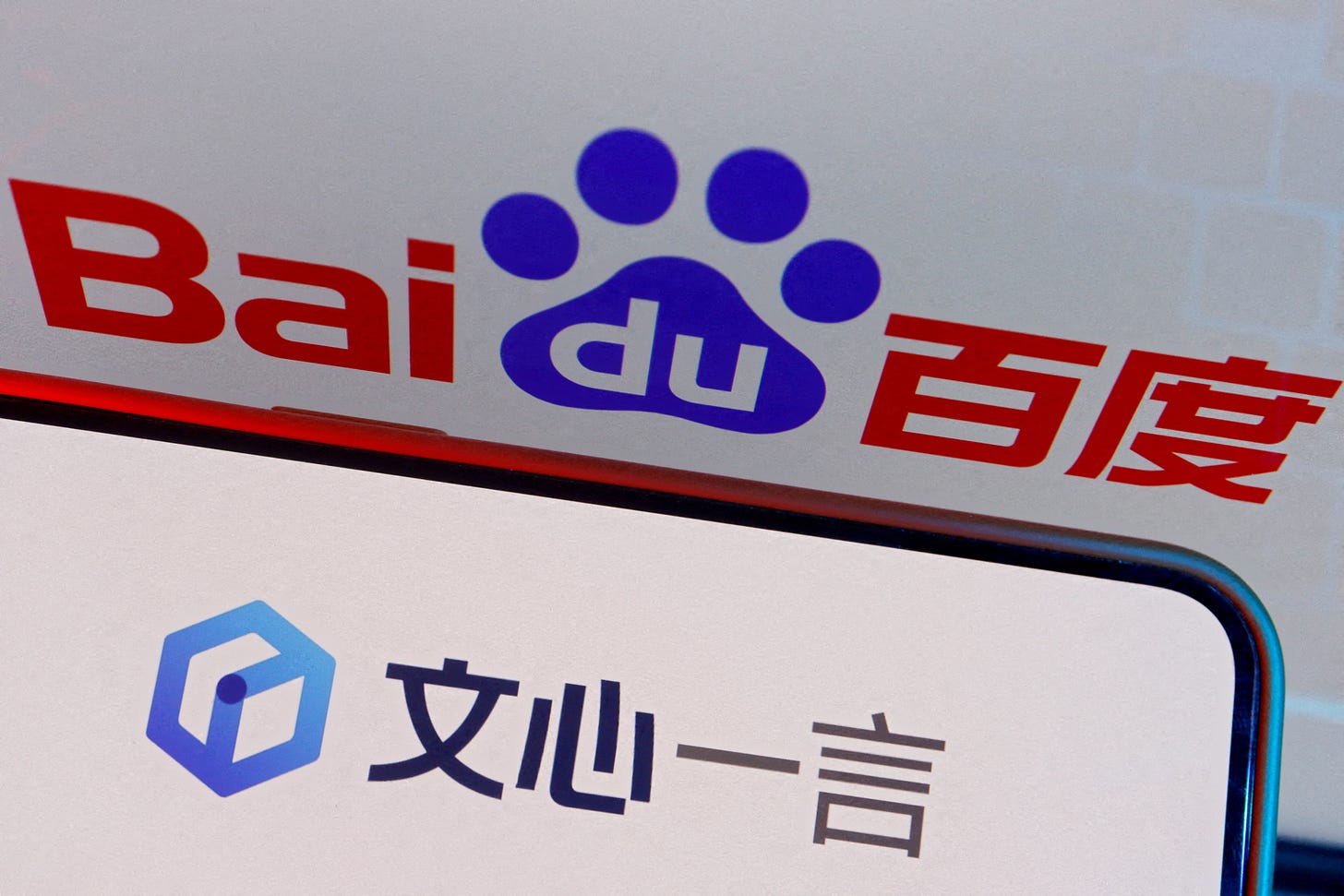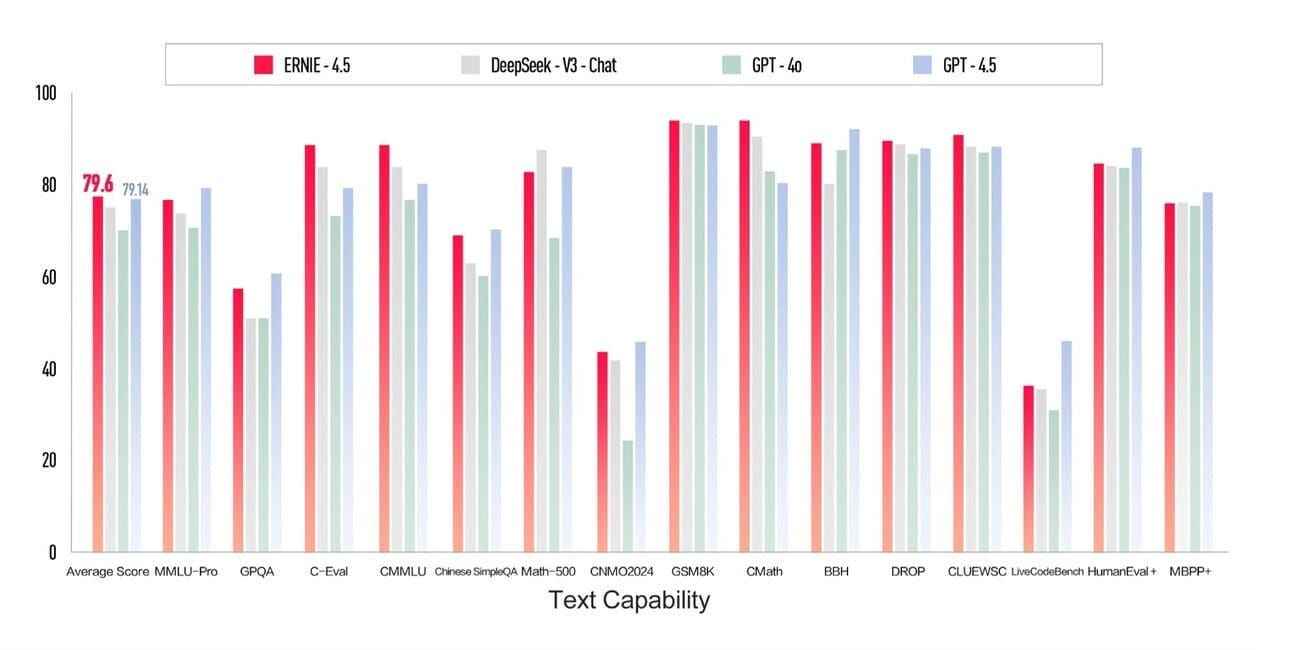Today’s post is 425 words, a 2.25-minute read.
Sources:
[1] Reuters
[2] TechCrunch
[3] Business Insider (via Yahoo)
How many AI models are out there now? ChatGPT didn’t know the exact count, but it said there were over 900 notable machine-learning models. All of them are named by nerds, so we end up with names like Ernie and o1. Now I’m waiting for a model named Bert to show up.
1 big thing: Baidu’s new AI models turn up the heat on global competition
China’s Baidu just launched two new versions of its AI model, Ernie, intensifying competition with U.S. AI giants like OpenAI and Google.
Why it matters: This move underscores China’s rapid AI advancements and raises questions about global leadership in the field. It also highlights how businesses will soon have more options beyond Western AI models.
Driving the news:
Baidu unveiled Ernie 4.0 Turbo and Ernie Speed, claiming improvements in speed and efficiency.
The company aims to integrate these models across its products, positioning itself as China’s answer to OpenAI.
The U.S.-China AI race is heating up, with growing concerns about regulation and national security.
Zoom in:
Baidu’s CEO Robin Li emphasized the models’ commercial applications, particularly in enterprise AI solutions.
A Chinese government-backed initiative is also promoting homegrown AI, reducing reliance on Western tech.
“The AI ecosystem is shifting,” said an industry analyst. “This is no longer a U.S.-dominated space.”
Yes, but: Chinese AI companies face strict government oversight, potentially limiting their ability to scale globally. Meanwhile, U.S. firms struggle with regulatory uncertainty.
Be Smart: The AI race isn’t just about tech—it’s about control, influence, and who sets the rules. Businesses should keep an eye on how geopolitical tensions shape AI access and ethics.
The bottom line: More competition means more choices for AI users, but also more complexity in navigating regulations and compliance.
2. U.S. response: A widening AI gap?
Why it matters: While Baidu advances, American AI firms face political and regulatory headwinds that could slow innovation.
What we found:
U.S. policymakers are debating stricter AI regulations, fearing security risks from foreign models.
Major players like OpenAI and Google are pushing for clearer AI governance to remain competitive.
How it works:
China’s government is actively funding AI R&D, ensuring companies like Baidu stay ahead.
U.S. firms rely on private funding but face uncertainty due to evolving laws.
Yes, but: Some experts warn that overregulation in the U.S. could stifle AI progress while China accelerates.
The bottom line: The AI power balance is shifting. Businesses must prepare for a world where AI regulation varies drastically by region.
3. The Scoop
Baidu is integrating its AI models into cloud services, targeting enterprise clients.
The U.S. government is considering restrictions on AI exports to China.
Microsoft and OpenAI are lobbying for clearer AI policies to maintain an innovation edge.
4. + This
China’s AI boom isn’t just about tech—it’s a strategic play for global influence.
The question isn’t who’s winning today but who controls AI tomorrow.
Chart below shows the performance. Things are getting interesting.






Sorry, my fat fingers must have hit send now.